Building Products in BIM
Using Building Product Content for BIM
Now that BIM objects are in ever-widening circulation and being incorporated in more projects every day, users are increasingly enjoying the benefits, which include the following:
- Visualizations are becoming increasingly realistic because the appearance can be calculated by the software rather then being imagined by the individual renderer. For instance, material properties such as surface reflectivity integrate with precise luminosity data from lighting fixtures to generate exact replicas of highlights, shadows and color rendition. Even the contribution of exterior lighting can be integrated because of the light transmission and gradient of the window glass is known as well as the location of sun patterns. This greatly facilitates client approval processes and more effectively aligns expectations with final results.
- Energy evaluation is another important way that building product data can be effectively leveraged. Joanne Funyak from PPG, whose company invested in creating BIM content for their commercial glass products several years ago, knows from user feedback that "the performance data [in our BIM objects] is definitely being used for energy evaluations." Jurgen Schroeder of NanaWall is also aware of his product's R-value information being similarly utilized.
- The precise geometry of BIM objects contributes to the effectiveness of multi-trade coordination, one of the most widely used features of BIM to facilitate integration among disciplines and reduce costly field issues.
- Constructability of a proposed design can be evaluated in advance to the nuts-and-bolts fabrication level, averting serious downstream problems for designers and contractors in the field. This is being especially rigorously applied to envelope design. A recorded webinar of a compelling example that avoided over $2M of extra cost on a hospital project, even after complete CAD-based shop drawings had been approved and fabrication was underway, is available for free viewing.
The Future of Building Products in BIM
BIM users, BPMs and technology developers are looking forward to enhancing the value of BIM by further leveraging building product content, and are underway on a wide variety of initiatives. Among these emerging trends are:
Fully Parametric Search for Building Products
With product attributes available in a normalized database, users will be able to search for products based on project-specific needs rather than evaluate products individually against those needs.
Building Performance and Life Cycle Simulation
With relevant performance attributes of products, materials and finishes available as data to software programs, users will be able to comparatively evaluate different combinations and optimize the proper balance of first cost and life cycle value that is appropriate for a given project.
Detailed Estimating
With quantities available in the BIM project and increasingly sophisticated intelligent systems to analyze it against material and labor cost databases, teams will be able to develop better estimates earlier in the design process, impacting product and material selections.
Model-Driven Prefabrication
As accuracy increases in the configuration of products, building elements and systems in BIM projects, fabricators will increasingly take advantage of the cost, safety and quality benefits of offsite fabrication to make ever-larger and more complex parts of buildings. This will involve products, materials (both raw and manufactured), finishes and assembly connectors. Job sites will focus more on assembly than construction and comprehensive as-built data will be inherent in the BIM model.
Notice
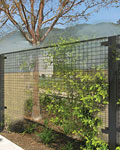
www.greenscreen.com
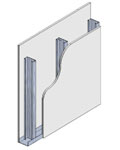
www.gpgypsum.com
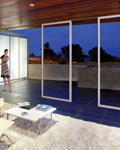
www.nanawall.com
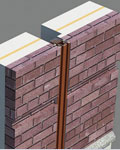
www.nystrom.com/Nystrom-BIM-Library

www.pellacommercial.com
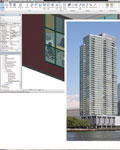
www.ppgideascapes.com
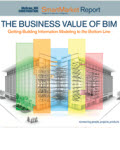
www.bim.construction.com









